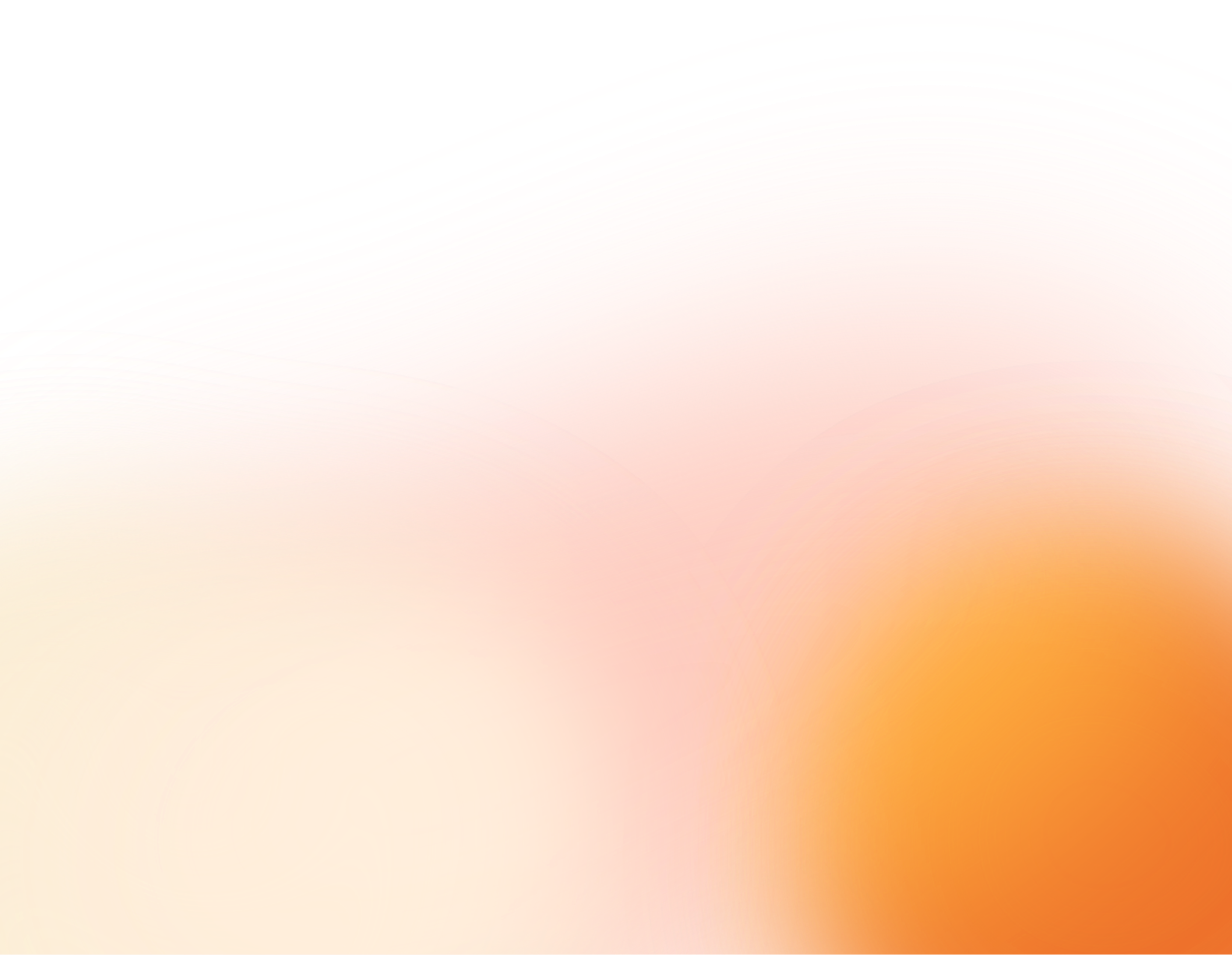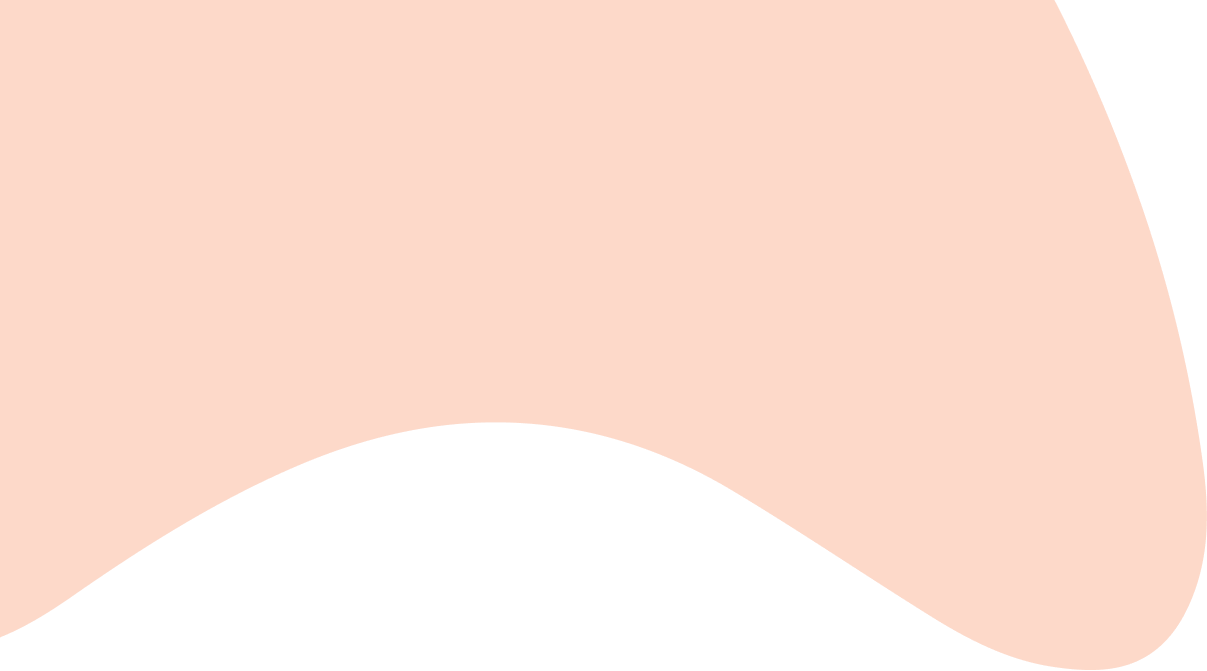Awhi is still in development, we'd love your feedback and suggestions. Let us know.
Could your child have a sleep disorder?
What are the symptoms of sleep disorders? Is it possible your child has one?
There seem to be a number of different ways of classifying sleep disorders. Illness vs Injury. Too much vs too little. Body health vs mental health. They all have their uses in identifying certain similar-ish groups of disorder and so directing you towards one or more types of treatment...
What can be confusing and frustrating is that it’s possible to have multiple sleep disorders at one time.
By far the most common sleep disorder is **Insomnia **– difficulty getting to or staying asleep. The term is often used casually to describe any trouble sleeping, but there are specific diagnoses for its acute (short-term) and chronic (long-term) forms.
Acute insomnia is characterised by difficulty sleeping for a few days to a few weeks.
Chronic insomnia can be diagnosed once the disordered sleep behaviours have been present for more than a month. Insomnia is often associated with other medical issues, and stress. Of course, having other medical conditions is often stressful so we’re back to our medical ouroboros.
If you or someone in your family have started having difficulty sleeping, then have a read through parts 1-3 of this series and see if any of the non-medicinal techniques help. If they don’t and interrupted sleep continues for longer than a few weeks, knowing what you’ve already tried will be useful information for your doctor when designing a treatment plan.
Now let’s flip to the other side of the coin.
Hypersomnia is sleeping too much or being excessively sleepy during the day. Symptoms can include having difficulty waking up, taking longer-than-normal naps during the day, and feeling unrested.
As with Insomnia, it has a number of causes and is frequently associated with other medical conditions. It might be difficult to differentiate between hypersomnia as a disorder or as a symptom of other disorders.
So, leaving aside how much sleep someone gets, let’s look at when they sleep. As we mentioned in Part 3 of this series, most people’s sleep is roughly aligned with the time of day. However, some people do not follow those patterns and those people might have a Circadian Rhythm Disorder.
There are four intrinsic disorders:
**Delayed sleep phase disorder: **In layman’s terms a delayed sleep phase might mean instead of sleeping from, say, 11pm-7am, a person with DSPD tends to fall asleep at 1am and (ideally) wake at 9am. However, life isn’t that simple – the disorder doesn’t always manifest so neatly and, to be blunt, our world isn’t set up for those hours. The delay in sleep phase might be longer or shorter on different days, and so people with DSPD might experience chronic sleep shortage or excessive sleepiness during the day.
**Advanced sleep phase disorder: **As hypersomnia is to insomnia, advanced sleep phase disorder is to delayed sleep phase disorder. People with ASPD feel sleepy earlier and wake earlier than what is considered normal. This is rarer than DSPD and is most common in elderly people.
**Irregular sleep-wake rhythm disorder: **This is where there is no discernible pattern to sleep. Someone with ISWRD will get the right number of hours of sleep, but it will be broken up throughout the 24-hour day. They will likely take frequent naps, find sleep non-restorative, and feel very sleepy during the day. This is a rare disorder and may, initially, look like insomnia or non-24-hour sleep-wake disorder.
Non-24-hour sleep-wake disorder: This is when someone’s body doesn’t follow a 24-hour rhythm to their day. The person’s natural rhythm might be 25 or even 26 hours, so their bedtime might change every day. It is most common in those who are totally blind but can occur in sighted people as well. This is also a rare disorder, and in sighted people it is closely associated with DSPD.
So if that’s the brain, what about the body? Here again we reach more classifications. There are some body-related sleep disorders that contribute to the bad sleep, and there are others that happen while sleeping.
The first type includes **obstructive sleep apnoea **(where something blocks the airway, either partially or fully) and **central sleep apnoea **(where the brain fails to signal to the body to inhale). OSA is by far the most common of the two.
Of the second type, these are behaviours that occur while sleeping that are not normally associated with sleeping. This can include somewhat harmless sleep talking but might also include bruxism (the grinding of teeth) and bedwetting. If these behaviours are causing significant disruption to sleep, then speak with your doctor about possible treatments.
It is very common when you’re in the trenches of no, little or severely interrupted sleep to look for a magical pill that will just solve the issue and give you eight hours uninterrupted sleep.
Unfortunately, as disordered sleeping is comorbid with so many other health conditions, treatment is unlikely to be so simple.
However, this also has a flipside – if all of the usual treatments for bad sleep aren’t working, then there’s probably something else going on and you’re unlikely to be fussing over nothing.
Disordered sleep is a big deal and if you or someone you love is suffering, we hope you’ll be able to use some of this information as a jumping off point when dealing with health professionals.
.jpeg&w=128&q=75)
Tam Clemerson
I'm Tam Clemerson. I am a queer neurodivergent parent. I grew up in Wellington and did my dash in the public service before moving into union advocacy. I am currently studying Law at Vic Uni and spend my time juggling lectures and readings with swimming lessons and football games.
Was this resource helpful to you?


The Awhi Ngā Mātua team would like to thank Takai, the IHC Foundation and the Dines Family Charitable Trust for their generous contributions to our work. A huge thank you also to the IHC Programmes team, in particular the IHC Library which has worked so hard to make their remarkable collection available to us.




.jpeg&w=3840&q=75)




